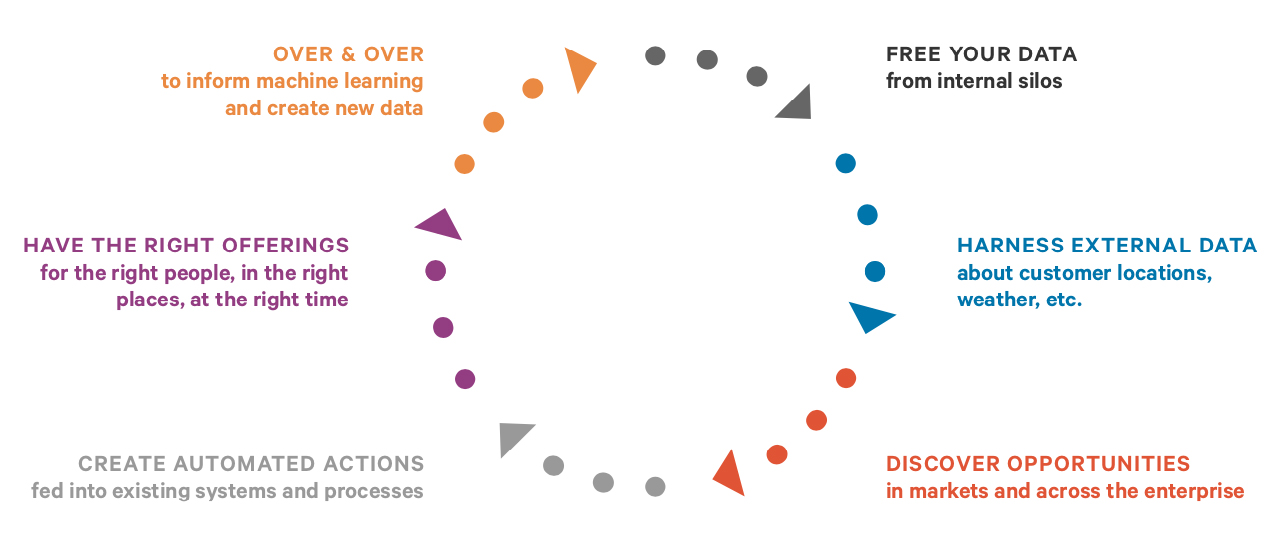
The Incumbent’s Path to New Growth
Part 3 of 3


by Steve Wendler, Senior Strategist, & Brian Lett, Product Marketing
Quickly Recapping Cross-Enterprise Management
It requires sense-and-respond capabilities so the business can continually know what consumers want, and respond by rapidly adapting to ensure value is always delivered. These capabilities also create a feedback mechanism that symbiotically improves demand understanding and supply optimization. Properly orchestrated, Cross-Enterprise Management enables a business to respond faster and find that elusive new growth so many incumbents are seeking.
So What Does Proper Orchestration Look Like?
Another limiting factor: The functional silos and isolated data that still characterize the organizational structures of many large incumbent enterprises (as we highlighted in Part 2 of this blog-post series). In simple terms, even though data exist, rigid systems, processes and structures severely limit the ability of incumbent enterprises to easily access their relevant data, let alone correlate and analyze multiple sets of that data.
Making It Real
But what about the silo problem? What has to be done about that?
Nothing.
That’s right—nothing. Silos don’t need to be torn down. Because the problem isn’t the silos themselves. It’s finding the right way to unlock the value potential of data locked in and hidden between silos. And Cross-Enterprise AI is the key you need.
Because Cross-Enterprise AI works with existing systems and processes, silos can become pillars of strength, preserving the advantages of scale and stability, while providing the incredibly important data that the Cross-Enterprise Management model uses to fuel new growth.
How Cross-Enterprise AI Works
Cross-Enterprise AI deeply analyzes this information, uncovers new revenue opportunities that could never be seen before, and delivers predictions and recommendations that support the goal of new growth. Furthermore, these recommendations can be implemented automatically using existing systems and processes.
And because cross-enterprise AI learns continuously, it quickly senses changes in market conditions and adapts its predictions and recommendations accordingly.

Putting It All Together
Think of Cross-Enterprise Management and Cross-Enterprise AI as yin and yang; the new model for building an established business in the digital era, and the technology that makes that new approach not only possible but also cost-effective.
More importantly, it’s proven. Take a look for yourself at the real results our clients have achieved by implementing Cross-Enterprise Management enabled through Cross-Enterprise AI.
Share
© 2024 r4 Technologies, Inc.